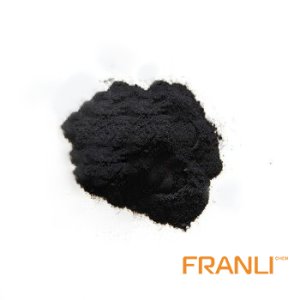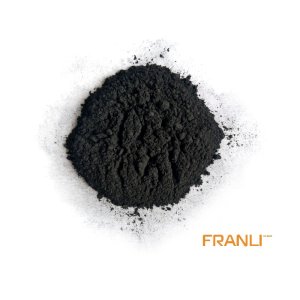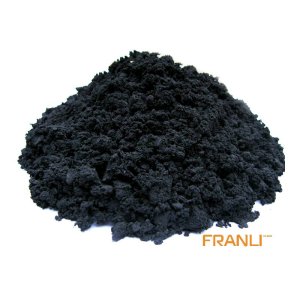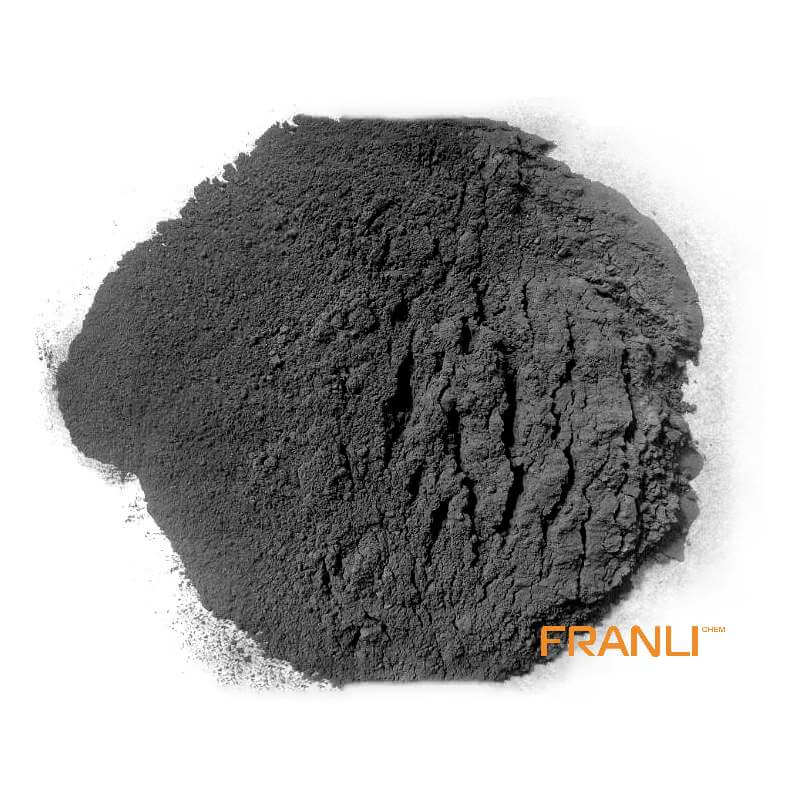
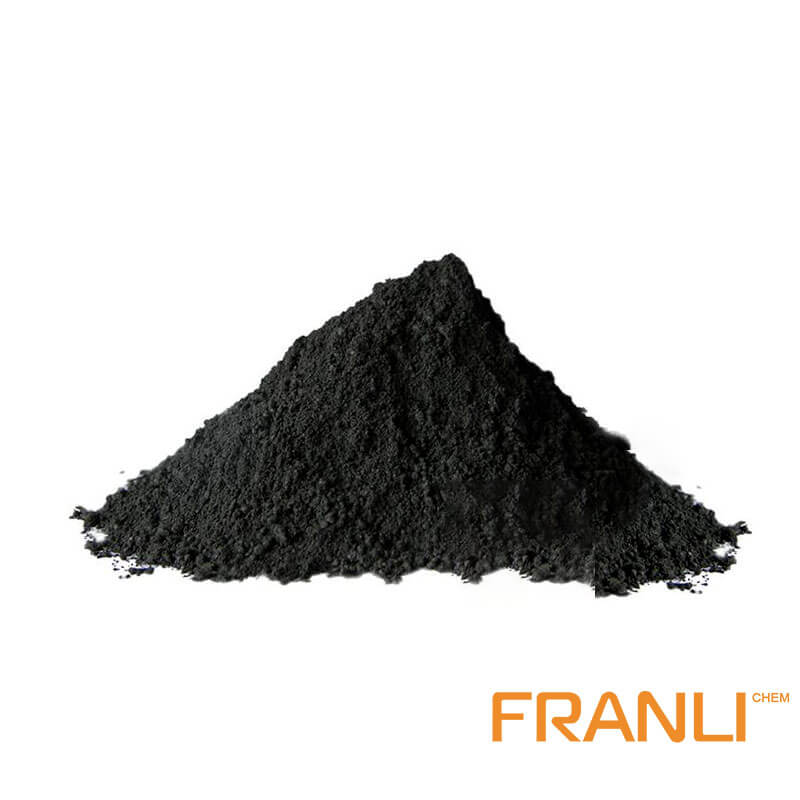
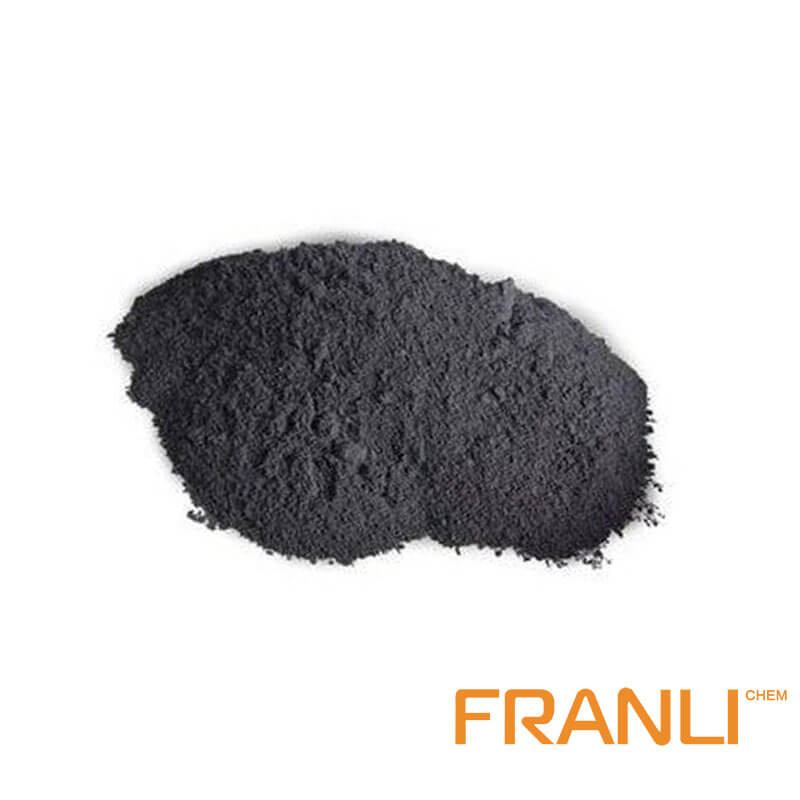
Artificial Graphite
Size
0.01mm or 0.07mm,etc
Package
25 kg small bags into ton bags or ton bags
Features
Good wear resistance, corrosion resistance, good thermal conductivity, etc.
Application
Can be used in making heat exchanger, reaction tank, absorption tower, etc.
There are many kinds of artificial graphite and different production processes. In a broad sense, all graphite materials obtained by carbonization of organic matters and treated by high temperature after being treated with graphite can be collectively referred to as artificial graphite.In the narrow sense, artificial graphite usually refers to the massive solid materials prepared by batching.
Request a quoteThe anode is the electrode in the battery, and the anode graphite block is used to produce the anode electrode of the battery, which is usually made by extruding powdered artificial graphite material into blocks and then baking to remove the residue. The block is then further processed to achieve the desired performance characteristics for use in the battery.
Artificial graphite must be the preferred raw material because it has a high theoretical capacity and can be reversibly inserted into lithium ions. In addition, the graphite structure provides low impedance and can accept very high charging rates. It is produced by heating various forms of carbon materials to high temperatures in adhesives. The material then undergoes a graphitization process that rearranges carbon atoms into crystalline form.

Properties of artificial graphite blocks
Artificial graphite block is a specific type of engineering material that makes it valuable in a variety of industrial applications. Anode graphite blocks are key components of lithium-ion batteries. It is the negative electrode that stores energy during charging and releases it when discharging. The performance of the anode graphite block is critical to the efficiency, capacity and longevity of the battery. Its characteristics, including its conductivity, specific surface area and lithium-ion intercalation ability, determine its performance in batteries.
Of course, this also includes high thermal conductivity, low density and excellent mechanical strength. These characteristics are critical to the overall performance of the battery and its stability during operation. The production of advanced batteries, such as those for electric vehicles, relies heavily on the availability of high-quality artificial graphite materials. R&D efforts are constantly focused on improving the performance of anode graphite blocks to improve the energy, power and safety of these batteries.
The performance of the anode graphite block is critical to the efficiency and longevity of the battery. The use of artificial graphite in anode block manufacturing has revolutionized the battery industry by providing reliable and consistent mass blocks that can withstand extreme conditions. As the demand for lithium-ion batteries continues to grow, the importance of anode graphite blocks will only increase, and the Franli factory will continue to study them in depth and continuously improve their performance.

Preparation of artificial graphite blocks
The manufacturing process of an anode graphite block involves several steps, including mixing the graphite powder, adding binders and other additives, compacting the mixture into the desired shape, and then baking the block at high temperatures to convert it into a conductive material. The end product is a dense, high-purity and structurally stable graphite block that can withstand repeated charge and discharge cycles.
Anode graphite blocks are typically manufactured by molding and baking graphite powder to produce blocks of different shapes and sizes, depending on the design of the battery. The block is then treated with a special coating to enhance its lithium-ion intercalation capacity and improve its electrode conductivity. The blocks are then assembled into the battery’s anode chamber, where they undergo a series of charge and discharge cycles.
One of the key advantages of using artificial graphite as an anode material is its ability to store and release lithium ions quickly and efficiently, resulting in high energy density and faster charging times. In addition, the use of artificial graphite allows better control over the size, shape, and porosity of the anode, which can optimize its electrochemical performance and reduce the likelihood of capacity decay or structural degradation.
In recent years, the demand for anode graphite blocks has increased significantly due to the growing popularity of lithium-ion batteries in various applications such as electric vehicles, portable electronics, and renewable energy storage systems. The development of high-capacity and high-performance batteries requires advanced anode graphite blocks that can withstand repeated charge and discharge cycles without degradation. The artificial graphite materials at the Franli graphite company will continue to drive improvements in the performance of these batteries, making them increasingly viable and sustainable power sources.

